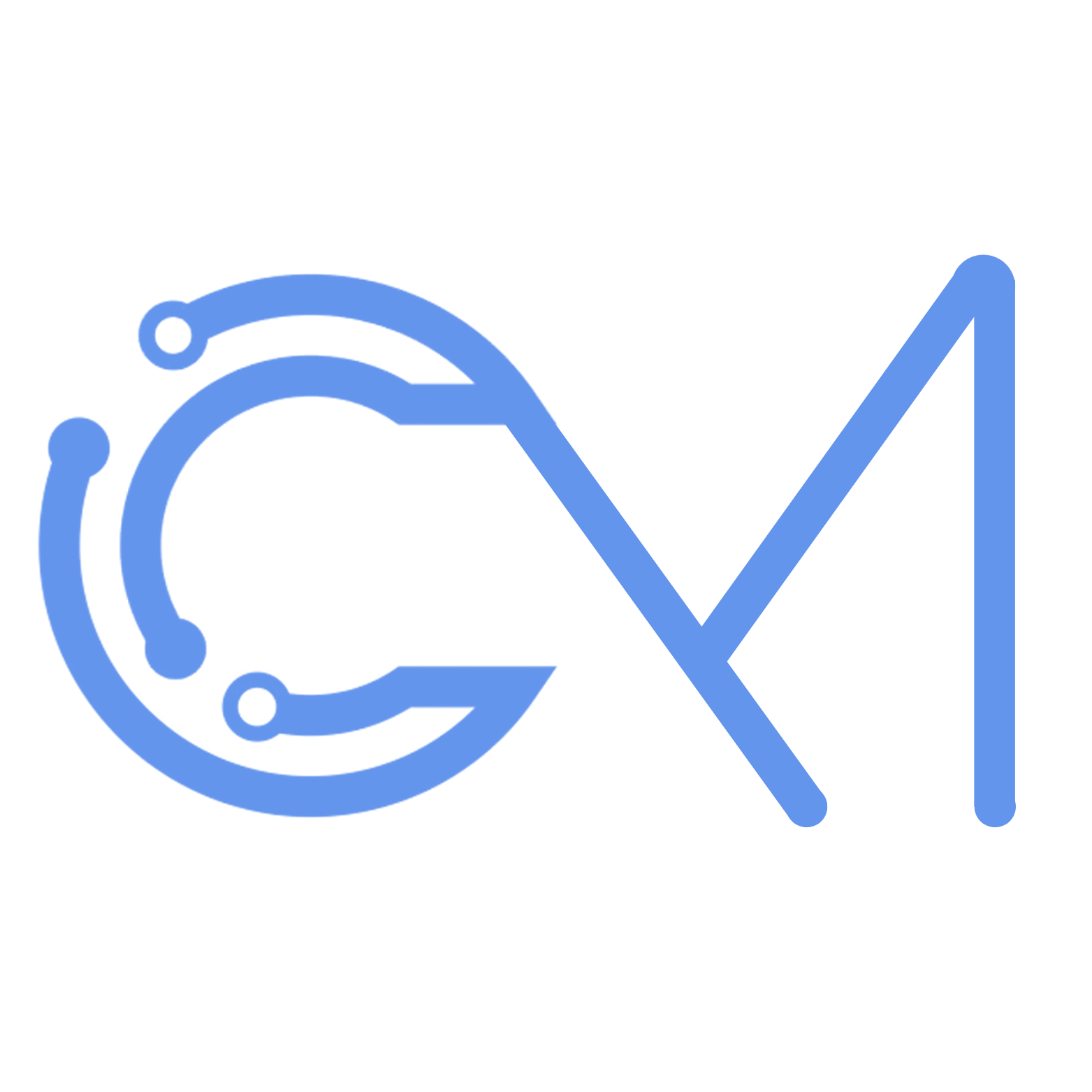What Is Body Image Distortion?
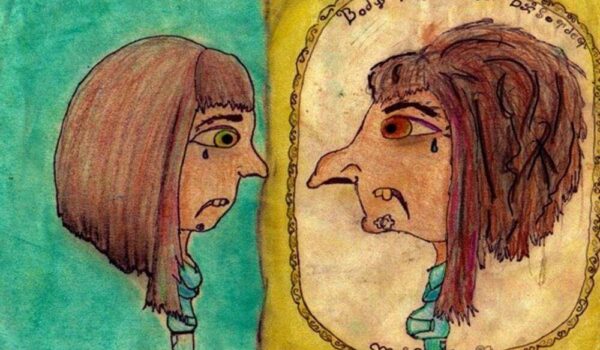
Body image distortion is a psychological phenomenon where an individual perceives their body inaccurately or in a distorted manner. This misperception is deeply embedded in cognitive processes and can lead to significant emotional distress. The distortion often stems from the individual’s inability to see their body as it truly is, usually leading them to believe they are larger or smaller than their actual size. This misperception can be pervasive, affecting their self-esteem, behavior, and overall mental health.
Body image distortion is not just a superficial concern but a serious psychological issue that impacts millions of people worldwide. Understanding the cognitive and psychological mechanisms behind this distortion is crucial for developing effective treatments and interventions. This article delves into the various aspects of body image distortion, exploring its causes, cognitive underpinnings, and psychological consequences.
The Cognitive Basis of Body Image Distortion
Body image distortion is fundamentally a cognitive issue, as it involves the brain’s processing of body-related information. Cognitive theories suggest that the brain uses a mental representation of the body, often referred to as the “body schema” or “body image,” to guide perception and interaction with the environment. In individuals with body image distortion, this mental representation is skewed or distorted, leading to incorrect perceptions of their physical form.
Several cognitive biases can contribute to body image distortion. One such bias is selective attention, where individuals disproportionately focus on certain aspects of their body, such as perceived flaws. This heightened focus magnifies these flaws in their minds, reinforcing the distorted image. Another cognitive bias is confirmation bias, where individuals with body image distortion seek out information or feedback that confirms their negative body perceptions while ignoring information that contradicts them.
Additionally, cognitive-behavioral models emphasize the role of distorted thinking patterns, such as overgeneralization and catastrophizing, in the development of body image distortion. For instance, someone with body image distortion might believe that one part of their body, such as their stomach or thighs, defines their entire self-worth. This cognitive distortion can lead to extreme emotional reactions and maladaptive behaviors, such as excessive dieting or exercise.
Psychological Theories of Body Image Distortion
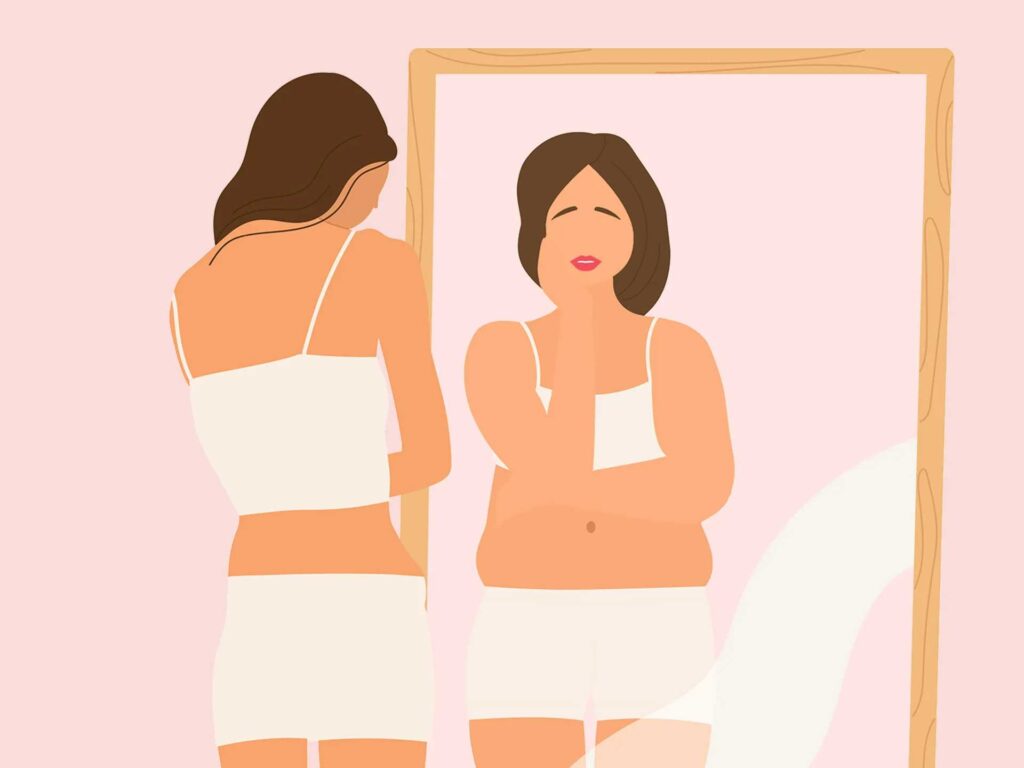
Psychologically, body image distortion is often linked to deeper emotional and developmental issues. Psychodynamic theories suggest that body image distortion may be rooted in unresolved conflicts or traumas from childhood, such as feelings of inadequacy or rejection. These unresolved issues can manifest in distorted perceptions of the body, as the individual projects their emotional pain onto their physical appearance.
In contrast, behavioral theories focus on the role of learned behaviors and environmental influences in body image distortion. For instance, societal pressures and cultural ideals of beauty can contribute to the development of distorted body perceptions. Repeated exposure to unrealistic body standards through media, peer influence, and social norms can condition individuals to view their bodies as flawed or inadequate.
Moreover, attachment theory highlights the role of early relationships in shaping body image. Individuals with insecure attachment styles, who may have experienced inconsistent or neglectful caregiving, are more likely to develop body image distortion. These individuals may use their bodies as a means of gaining control or validation, distorting their perception of themselves to meet perceived external standards.
The Role of Social and Cultural Factors
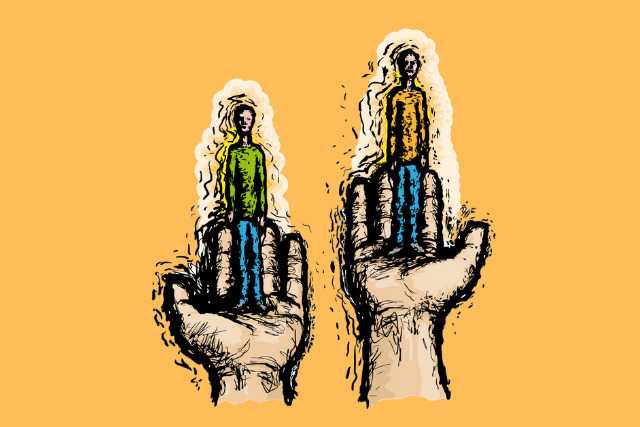
Social and cultural factors play a significant role in the development and maintenance of body image distortion. In many societies, there is a strong emphasis on physical appearance, with certain body types being idealized and others being stigmatized. This cultural pressure can lead individuals to internalize these ideals, resulting in body dissatisfaction and, ultimately, body image distortion.
The rise of social media has exacerbated these pressures, as individuals are constantly bombarded with images of seemingly perfect bodies. The comparison bias—a cognitive bias where individuals compare themselves to others—can be particularly damaging in the context of social media. When individuals constantly compare their bodies to idealized images, they may develop a distorted view of their own appearance.
Moreover, peer influence can contribute to body image distortion, especially during adolescence, a critical period for body image development. Negative comments from peers, bullying, or even well-intentioned remarks about weight or appearance can lead to a distorted self-image. Over time, these external messages become internalized, reinforcing the distorted body image.
Psychological Disorders Linked to Body Image Distortion
Body image distortion is a key feature of several psychological disorders, most notably eating disorders and body dysmorphic disorder (BDD). In these conditions, the distorted body image becomes a driving force behind maladaptive behaviors and significant emotional distress.
- Eating Disorders: Individuals with eating disorders, such as anorexia nervosa or bulimia nervosa, often exhibit severe body image distortion. Despite being underweight, individuals with anorexia nervosa may perceive themselves as overweight, leading to extreme dietary restrictions and weight loss. In bulimia nervosa, the distorted body image drives binge-eating episodes followed by compensatory behaviors, such as purging, to control weight.
- Body Dysmorphic Disorder (BDD): BDD is characterized by a preoccupation with perceived flaws in one’s appearance, which are often minor or nonexistent. Individuals with BDD experience severe body image distortion, focusing intensely on specific body parts, such as the nose, skin, or hair. This distortion leads to compulsive behaviors, such as excessive grooming, mirror checking, or even seeking out cosmetic surgery, in an attempt to correct the perceived flaw.
- Muscle Dysmorphia: A subtype of BDD, muscle dysmorphia, primarily affects men and involves a distorted perception of muscle size. Individuals with muscle dysmorphia may perceive themselves as being too small or not muscular enough, even when they are objectively very muscular. This can lead to compulsive exercise, steroid use, and disordered eating patterns aimed at increasing muscle mass.
Neurobiological Perspectives on Body Image Distortion
Recent research has explored the neurobiological underpinnings of body image distortion, shedding light on how brain structures and functions contribute to this phenomenon. Neuroimaging studies have identified abnormalities in brain regions involved in body perception, such as the insula, parietal cortex, and occipital cortex.
The insula is responsible for integrating sensory information related to the body, and abnormalities in this region may contribute to the distorted perception of body size and shape. Similarly, the parietal cortex is involved in spatial awareness and body representation, and dysfunction in this area may lead to an inaccurate mental representation of the body.
Additionally, serotonin and dopamine—neurotransmitters associated with mood and reward processing—have been implicated in body image distortion. Abnormal levels of these neurotransmitters may contribute to the emotional distress and compulsive behaviors seen in disorders like BDD and eating disorders.
Cognitive-Behavioral Therapy (CBT) for Body Image Distortion
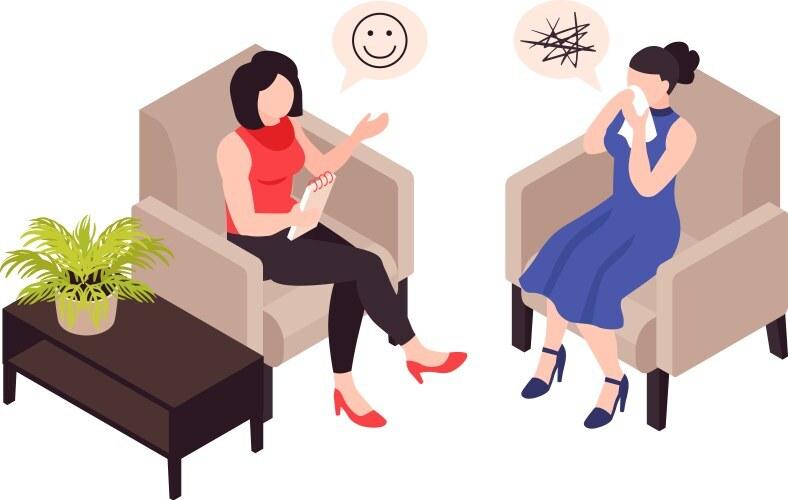
Given the cognitive underpinnings of body image distortion, cognitive-behavioral therapy (CBT) has been identified as one of the most effective treatments for this issue. CBT focuses on identifying and challenging distorted thoughts related to body image and replacing them with more realistic and balanced thinking.
In CBT for body image distortion, individuals are encouraged to confront their distorted body image by gradually exposing themselves to feared situations, such as looking at themselves in the mirror or wearing clothes that reveal their body. This exposure helps to reduce the emotional distress associated with their body image and allows them to develop a more accurate perception of their appearance.
Moreover, CBT addresses the maladaptive behaviors that often accompany body image distortion, such as excessive dieting, mirror checking, or avoidance of social situations. By breaking the cycle of distorted thinking and maladaptive behavior, CBT can help individuals develop a healthier relationship with their body.
Mindfulness and Acceptance-Based Approaches
In addition to CBT, mindfulness and acceptance-based approaches have gained popularity as effective treatments for body image distortion. These approaches emphasize the importance of accepting one’s body as it is, rather than trying to change or control it. Mindfulness techniques, such as meditation and body scan exercises, can help individuals become more aware of their body sensations and thoughts without judgment.
Acceptance and Commitment Therapy (ACT), a mindfulness-based approach, encourages individuals with body image distortion to accept their thoughts and feelings about their body without letting them dictate their behavior. Instead of trying to eliminate negative thoughts about their body, individuals are taught to focus on living a meaningful life, regardless of their body image concerns.
Preventing Body Image Distortion
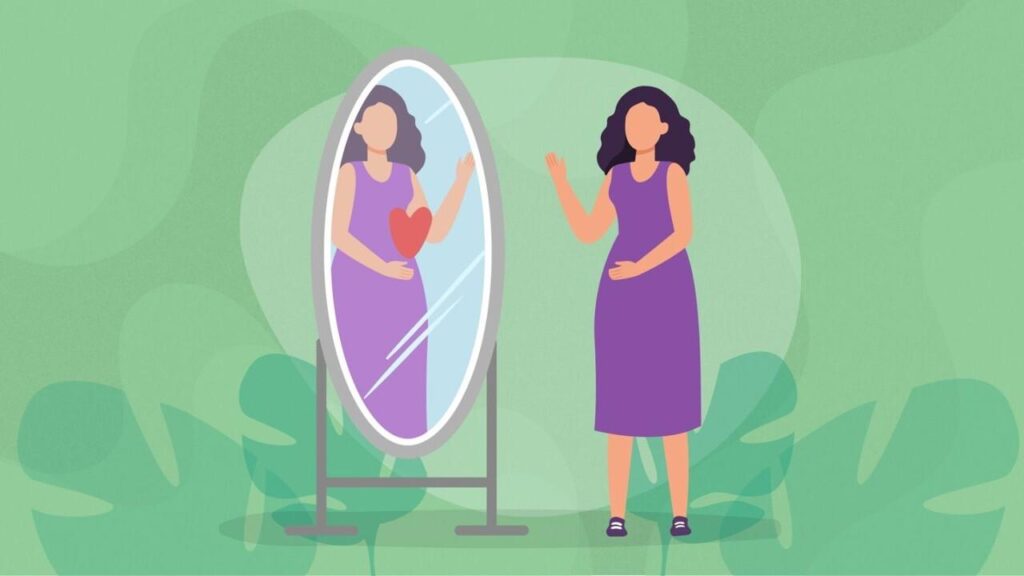
Preventing body image distortion requires a multi-faceted approach that addresses both individual and societal factors. Education plays a crucial role in prevention, particularly in teaching young people about media literacy and the unrealistic standards of beauty portrayed in the media. By understanding that these images are often digitally altered and do not reflect reality, individuals can reduce the likelihood of developing body image distortion.
Additionally, promoting body positivity and diverse representations of body types in media can help to counteract the societal pressures that contribute to body image distortion. Encouraging individuals to appreciate their bodies for what they can do, rather than how they look, can foster a healthier body image.
On an individual level, building self-esteem and promoting healthy coping mechanisms can help prevent body image distortion. Individuals who have a strong sense of self-worth and healthy ways of coping with stress are less likely to develop distorted perceptions of their body.
Conclusion
Body image distortion is a complex psychological and cognitive issue that affects millions of people worldwide. It involves a distorted perception of one’s body, often driven by cognitive biases, emotional issues, and societal pressures. Body image distortion is a key feature of several psychological disorders, including eating disorders and body dysmorphic disorder, and can lead to significant emotional distress and maladaptive behaviors.
Understanding the cognitive and psychological mechanisms behind body image distortion is crucial for developing effective treatments and interventions. Cognitive-behavioral therapy, mindfulness-based approaches, and preventative measures can help individuals develop a healthier relationship with their body and reduce the impact of body image distortion on their lives.
By addressing both individual and societal factors, we can work towards a future where body image distortion is less prevalent and individuals are able to appreciate their bodies for their true worth.
